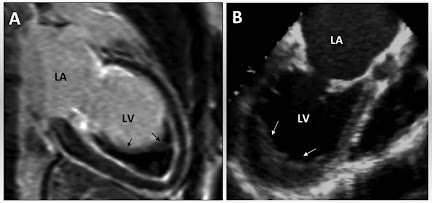Saliva
Major salivary glands -
1. Parotid glands -
These are one pair.
Weight of each gland 20-30gm.
These are largest salivary glands.
Contribution in saliva 25%.
Secretion drain into oral cavity through Stensen duct (35-40mm long).
2. Sub mandibular/sub maxillary glands -
Two in no or one pair.
Contribution in bsaliva 70%.
Weight of each gland 8-10gm. *secretion drain into the oral cavity through Wharton's duct (40mm long).
3. Sub lingual glands -
These are smallest salivary glands in major salivary glands.
These are also two in no. *weight of each salivary gland 2-3gm.
Secretion drain into oral cavity through Duct of Revinus (it consist of 5-15 small ducts, in which largest duct Bartholin duct).
Minor salivary glands -
1. Lingual serous gland.
2. Lingual mucus gland.
3. Buccal gland.
4. Palatal gland.
5. Labial gland.
Classification of salivary glands -
1. Serous glands : like parotid glands and lingual serous gland.
2. Mucus glands : like buccal gland, palatal gland and lingual mucus glands.
3. Mix glands : like sub mandibular glands, sub lingual glands and labial glands.
Properties of saliva -
Volume - 1000-1500 ml /day, 1 ml /min
Reactions - slightly acidic
pH - 6.35-6.85
Specific gravity - 1.002-1.012
Tonicity - hypotonic to plasma
Composition of saliva -
1. Water - 99.5%
2. Solid - 0.5%
A. Organic substances -
a. Enzymes : Amylase, Maltase, Lingual lipase, Lysozyme, Phosphate, carbonic anhydrase, kallikrein.
b. Other organic substances : Mucin, Albumin, proline, Lactoferrin, IgA, Blood grouping antigens, Free amino acids, Urea, Uric acid, Creatinine, Xanthine, Hypoxanthine.
B. Inorganic substances - Sodium, Calcium, Potassium, Bicarbonate, Bromide, Chloride, Fluoride, Phosphate.
C. Gases - Oxygen, Carbon dioxide, Nitrogen.
Functions of saliva -
1. Preparation of food for swallowing, Mucin lubricates the bolus.
2. Appreciation of taste.
3. Digestive function - it has three digestive enzymes...
a. Salivary amylase : it is carbohydrate digesting enzyme. It act on starch and convert into maltose. It can't act on cellulose.
b. Maltase : it act on maltose and convert into glucose.
c. Lingual lipase : it is lipid digesting (lipolytic) enzyme. It act on triglyceride and convert into fatty acids. It digest milk fats ( pre emulsified fats).
4. Cleaning - high quantity of saliva cleaned mouth.
5. Protective function -
a. Lysozyme : kills bacteria like staphylococci, streptococcus, brucella.
b. Proline : it has antimicrobial property and neutralise toxic substances like tannins.
c. Lactoferrin : it has antimicrobial property.
d. IgA : it has antimicrobial and antiviral action.
e. Mucin : lubricates the mouth.
6. Role in speech.
7. Excretory function -
a. Physiological : organic and inorganic are excreted in saliva.
b. Pathological : Glucose - in diabetes mellitus, Urea - in nephritis, Calcium - in hyperparathyroidism.
8. Regulation of body temperature.







No comments:
Post a Comment
Please do not enter any spam link in the comment box